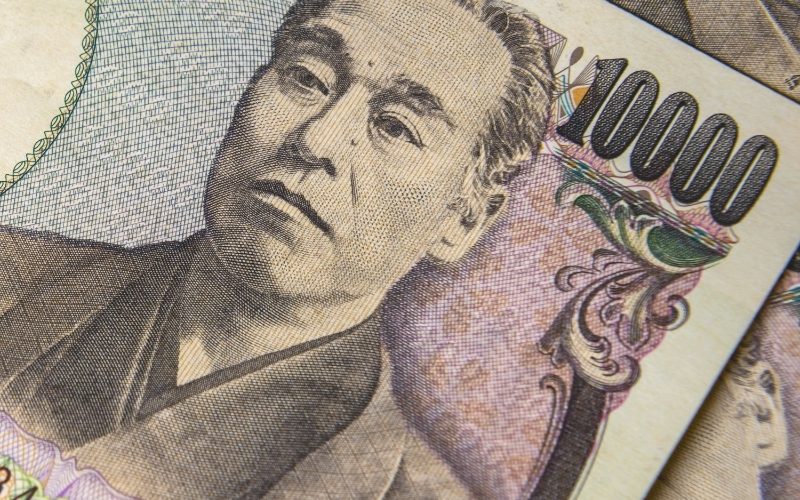by Brad Tank, Chief Investment Officer—Fixed Income, Neuberger Berman
Back in the 1980s, Japan loomed large in the rest of the world’s imagination. Countless Hollywood movies voiced dark fears about the growing weight of this economic and industrial powerhouse.
Then the crash happened. The Bank of Japan (BoJ) put everything in the deep freeze and, despite it being the second- or third-biggest economy in the world, investors have barely needed to think about the country for 30 years.
They still aren’t really thinking about it now—but in our view, they should be.
The BoJ is trying to go it alone again, ignoring rising inflation and resisting the hawkishness of the other major central banks. But the world is very different now than it was in the 1990s. The policy is raising pressure at home and abroad. That pressure could blow out in unexpected places, or it could force the BoJ into a disorderly pivot.
We believe it is a globally significant risk factor.
A ‘Transitory-Inflation’ Mindset
Last week, despite raising its own inflation forecasts, the BoJ kept its main policy rate negative and doubled down on yield-curve control purchases. The decision pushed the yen to its lowest level against the U.S. dollar in 20 years.
The BoJ retains a “transitory-inflation” mindset, forecasting a peak at 1.9% this year. But, in unprecedented results from the BoJ’s own survey, more than half of Japanese households think inflation is going to 5% or more.
Faced with a weakening yen, rising commodity prices and a negative trade balance, we think they are right to worry. Japan’s inflation data could be set to climb, especially when disinflationary communications services data starts to fall out of the year-over-year core inflation numbers next month.
Eventually, a weaker yen might be expected to raise Japan’s competitiveness, close the negative trade balance and ease inflationary pressures. But there are few signs of those benefits yet, given the general uncertainty caused by the crisis in Ukraine, and the slowdown in Asia arising from China’s zero-COVID policy. In the meantime, Japan’s apparent pursuit of a weaker yen is causing resentment, the beginnings of competitive depreciation in the region, and the seeds of still-higher inflation.
Tacit Official Approval
Looking further afield, we think Japanese investors’ massive positions in euro and U.S. dollar-denominated bonds bear scrutiny.
Every time the European Central Bank and the U.S. Federal Reserve send their short-term rates higher with their hawkish messaging, the cost of hedging those foreign investments back into yen goes up. Today, the cost of hedging dollar exposure is 2.5% per year.
History suggests that Japan’s big life insurers and pension funds vary their hedge ratios in line with those costs: A couple have confirmed that they will lift hedges from billions of yen of foreign bond investments. It is notable that the yen, traditionally a haven in times of risk aversion, has not behaved that way at all since the COVID-19 crisis erupted—and we suspect that is due to investors removing their currency hedges. We also suspect that the downward pressure that exerts on the yen receives tacit official approval.
In addition to the implications for inflation within Japan and competitive tensions in Asia, this creates headaches for global portfolio managers. It has the potential to push up volatility and yields in U.S. Treasury and corporate bond markets. And with U.S. Treasury yields no longer an effective buffer against market volatility and the yen no longer performing that function either, investors’ menu of safe havens keeps on shrinking.
Finely Poised
It’s not clear how long the BoJ can continue to go it alone like this, but we do think the next six months are critical.
Right now, we think the BoJ is looking to maintain its negative rates policy until September or October of this year, after which some changes in personnel and the stimulative effects of the weak yen could open the door to some modest tightening. It justifies this stance with its transitory-inflation outlook and its studied disavowal of any responsibility for the strength of the currency.
But the Ministry of Finance is increasingly vocal about its concerns that the policy is backfiring on Japan’s economy. And if the result is the kind of inflation Japanese householders are expecting, the central bank may be forced much sooner into a disorderly pivot, with the potential for a snap-back in the value of the yen and perhaps a rapid, 100-basis-point crack-up in Japanese government bond yields.
It’s all finely poised and, because of the sheer length of time over which Japan’s extreme monetary policy has influenced portfolio allocations around the globe, we think this is one of the most important dynamics in capital markets right now.
In our view, Japan should be looming much larger in investors’ minds than it is.
Copyright © Neuberger Berman















